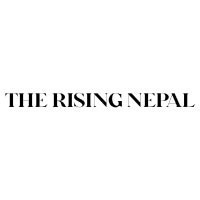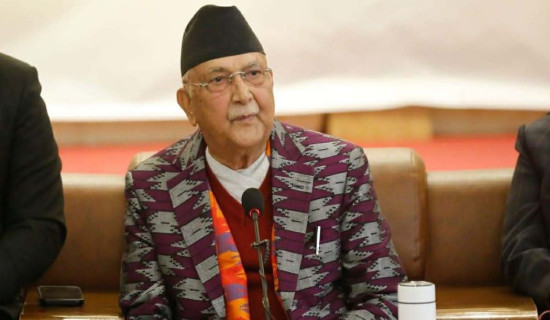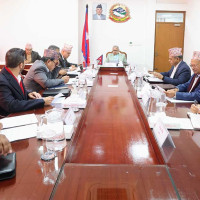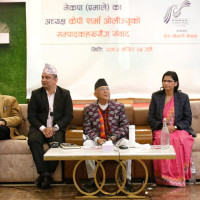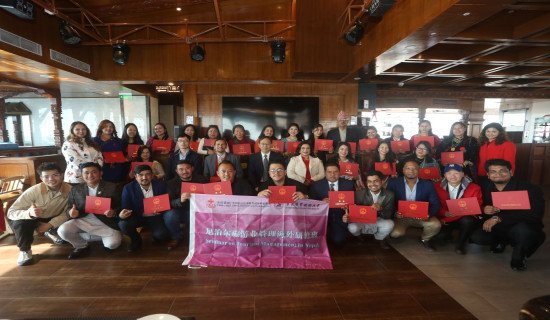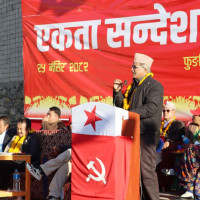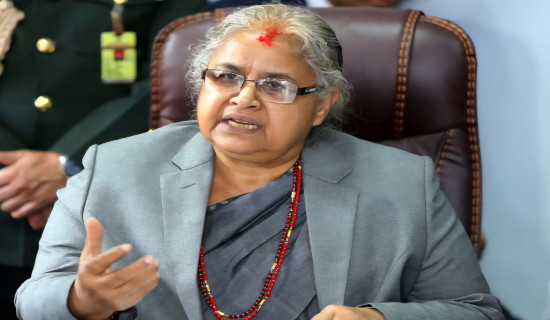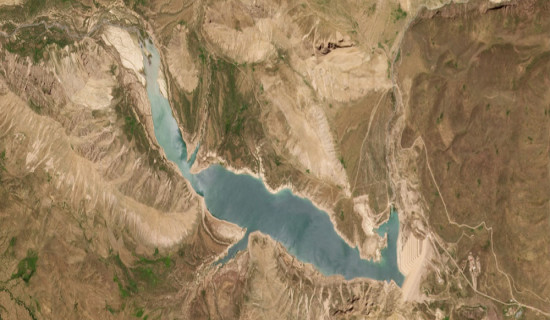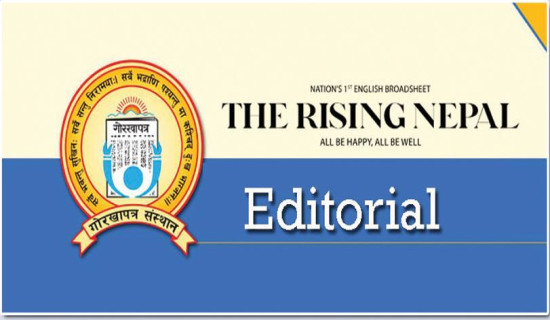- Thursday, 11 December 2025
Kathmandu comes alive to celebrate Indra Jatra
By A Staff Reporter,Kathmandu, Sept. 7: Kathmandu came alive on Saturday as the city celebrated the annual Indra Jatra festival, one of the most vibrant and historically significant cultural events of Nepal.
Following centuries-old customs, President Ramchandra Paudel visited Basantapur to observe the Indra Jatra festival. He was welcomed by Balendra Shah, Mayor of Kathmandu Metropolitan City.
Vice President Ramsahay Prasad Yadav, Prime Minister KP Sharma Oli, the Chief Justice, Speaker, ministers, lawmakers, provincial assembly members, people’s representatives, and security officials also attended the celebration at Hanuman Dhoka and observed the Jatra from the balcony of Gaddi Baithak.
Large crowds gathered at Basantapur to celebrate the festival. The playing of traditional Newari instruments, along with Lakhe and other dances, created a lively atmosphere around Hanuman Dhoka.
The dances were performed before the chariot procession of the three living deities began. The chariots were pulled after the President Paudel paid respect to Goddess Kumari and the gods Ganesh and Bhairav.
The chariots started from Kumari Ghar and passed through Maru Tole, Jya Baha, Lagan Tole, Bhimsensthan, Jaisedewal, and Kohity before returning to Kumari Ghar via Bhimsensthan.
According to Gautam Shakya, President of the Indra Jatra Festival Management Committee, the trustees of 29 Guthi Khala, the Indra Jatra Management Committee, Guthi Sansthan, and various cultural groups have been making continuous efforts to make the festival alive.
Masked dances such as the Mahakali Pyakha and Ramchandra Pyakha, which come from Bhaktapur every year, also commenced today. These are performed every evening at Hanuman Dhoka with the accompaniment of loud drums and traditional instruments. The festival further highlights classical dances.
Swet Bhairav, which depicts the most fearsome form of Lord Shiva, is located at Hanuman Dhoka. Swet Bhairav is usually hidden behind a wooden curtain throughout the year but is unveiled during Indra Jatra.
Cultural experts explain that the festival is not only about Indra; it also features stories related to Indra’s mother, the living deities, Majipat Lakhe, and Bhairav. While Lalitpur, Bhaktapur, and Kirtipur also celebrate the festival, but the celebrations there are overshadowed since they don't call it Indra Jatra.
Macha Raja Maharjan, Chairperson of Ward No. 23 of KMC, said that the Indra Jatra festival is celebrated in every temple, junction, and corner, but a large crowd of people gathers to observe the activities organised during the main day around Durbar Square.
For the first time, Ward No. 23 has published an inventory book documenting the tangible and intangible aspects of Indra Jatra. Maharjan said that the research will help revive lost traditions in the coming years and preserve those that are at risk of disappearing.
Indra Jatra begins annually on the fourth day of the waxing moon in the month of Bhadra. This year, it officially started on Thursday with the erection of the ceremonial Yansi pole in front of Hanuman Dhoka Palace. The festival is celebrated by both Hindus and Buddhists across the Kathmandu Valley.
Indra Jatra is the oldest festival of Kathmandu, dating back to the 11th century. Kumari Jatra, however, was later introduced by Malla king Jaya Prakash Malla. The tradition of erecting the Indradhwaja began during the Shah dynasty under King Pratap Singh Shah, the son of Prithvi Narayan Shah. A large image of Akash Bhairav’s head has also been put on display at Indra Chowk for eight days, facing directly toward his temple.
The procession of Dagin, the mother of Indra, took place after the chariot processions of Kumari, Ganesh, and Bhairav.
Indra Jatra, observed in Kathmandu Valley as well as in Dolakha and Kavre, continues to be a festival of unity, faith, and cultural pride, drawing thousands of devotees and visitors every year.


